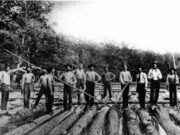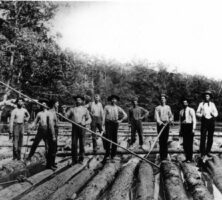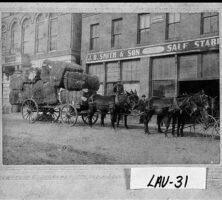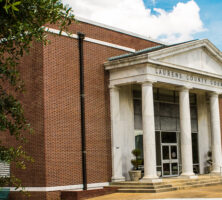Laurens County , in middle Georgia, was established by an act of the state legislature in 1807 and named in honor of Colonel John Laurens (1754-82) of South Carolina. Laurens was an aide to General George Washington and was killed by a British patrol near the end of the American Revolution (1775-83).
With an area of 812 square miles, Laurens is the state’s third largest county. The county was originally created from Wilkinson County, and in 1811 portions of Washington and Montgomery counties were added to it. A temporary county seat was established at Sumpterville near Turkey Creek. When additional lands were added to the county, the justices of the inferior court chose a central location on a bluff overlooking the Oconee River and laid out the town of Dublin, the permanent county seat, in 1812. Once new lands in western and southwestern Georgia were opened, however, settlers began to bypass Laurens County.
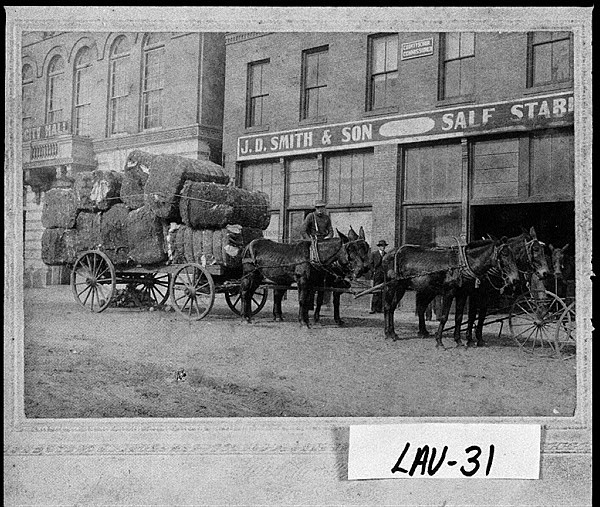
Among the leading citizens of Laurens County in its early development were George Troup and David Blackshear. Troup, an early advocate of states’ rights, was Georgia’s first popularly elected governor. He nearly precipitated a war with the United States over the issue of Indian lands. Blackshear was a general in the War of 1812 (1812-15) and led the movement to remove the Seminole Indians from southern Georgia. Another early resident, Mirabeau B. Lamar, who became the second president of the Republic of Texas, lived in Troup’s household as his personal secretary.
Laurens County, in the Upper Coastal Plain, was primarily a cotton plantation community. By 1850 enslaved laborers accounted for 45 percent of the county’s population. Laurens County residents fought in every major battle of the Civil War (1861-65). One Laurens County soldier, Private Bill Yopp, is the only African American Confederate soldier buried in the Confederate Cemetery in Marietta. George Linder, an African American minister, was elected to the Georgia legislature in 1868, during Reconstruction.
The establishment of five railroads in the county lifted the area from the economic depression of the late 1800s. By 1900 Laurens County was one of the fourteen most populous counties in the state. When timber companies clear-cut tens of thousands of acres of timber, farmers began to plant even more cotton. In 1911 Laurens County farmers produced more than 31 million pounds of cotton. The county’s economy collapsed in 1919, following the infestation of the boll weevil. According to the U.S. agricultural census, between 1920 and 1930 only Carroll County had more farms than Laurens. Black tenant farmers left in masses because of the dramatic drop in cotton production and the increased opportunities for industrial employment in the North after World War I (1917-18). Among them was the family of Walker Smith Jr., who later changed his name to Sugar Ray Robinson and went on to become a six-time world boxing champion.
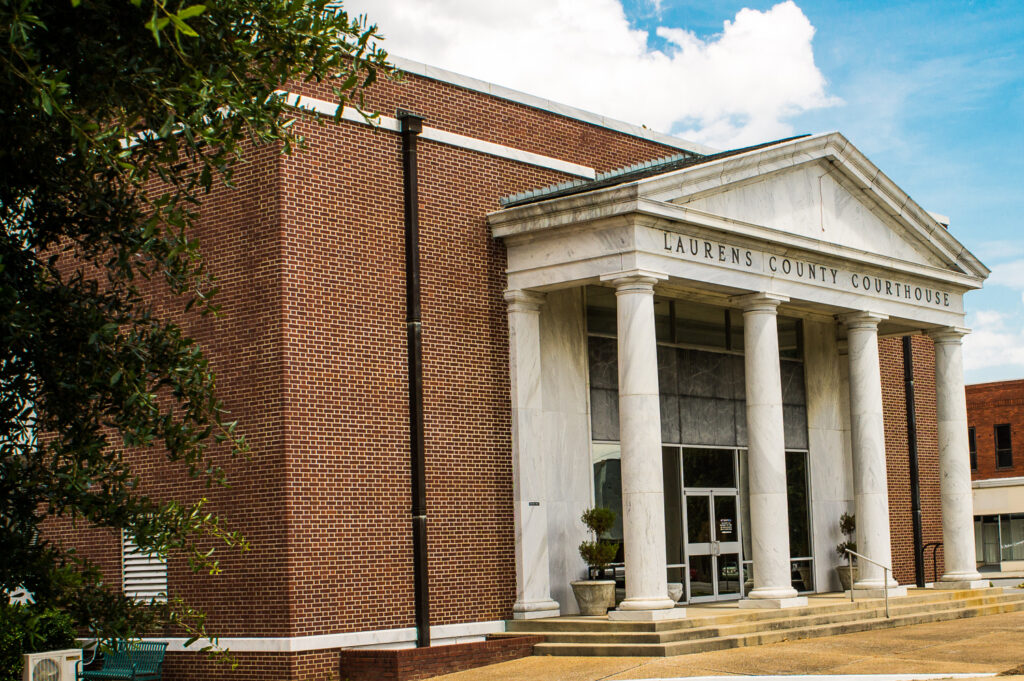
Laurens resident Captain Bobbie Brown was awarded the Congressional Medal of Honor for his heroism in World War II (1941-45). The county also produced an unusually large number of men who were awarded the silver star for service during World War II and the Vietnam War (1964-73).
According to the 2020 U.S. census, the county population is 49,570. Among the places of interest are the Ocute Indian Mounds at Blackshear’s Ferry. The county also hosts several annual festivals, including the St. Patrick’s Festival, Possum Hollow Country Fair, and Dublin Antique Fair Show and Sale. Laurens is also home to the South Campus of Oconee Fall Line Technical College. The county’s economy today is a mix of industrial, professional, and agricultural businesses.


